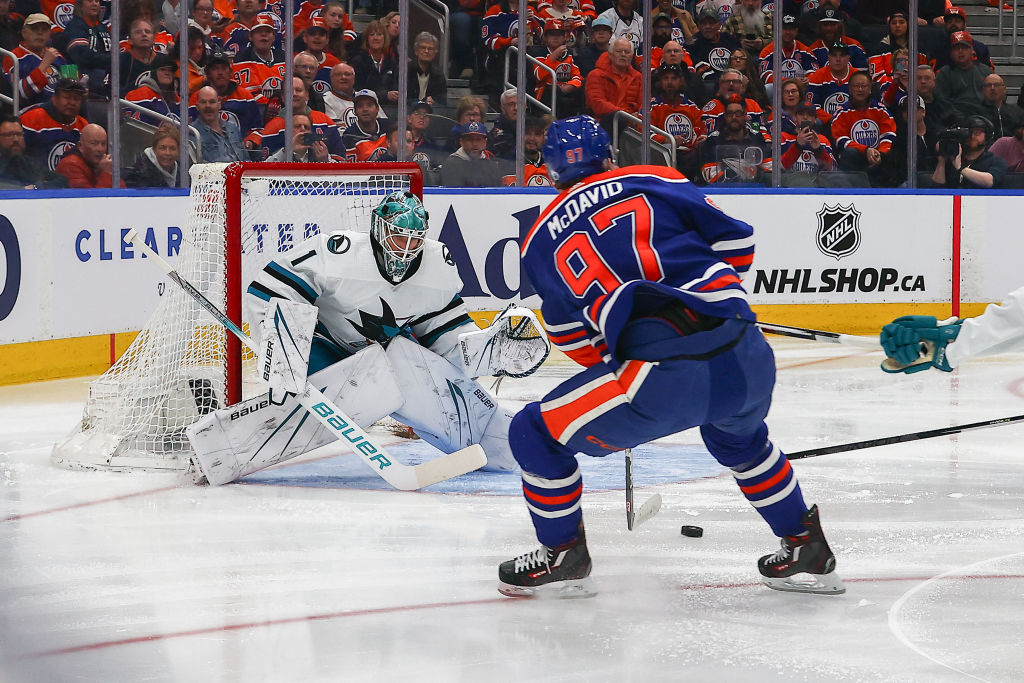There was a time where double-parking immediately got your car towed.
Then it became an automatic ticket.
Then it became an occasional violation more frequently met with a warning.
And when I left New York five years ago, it was practically legal. People must be parking on the sidewalk by now.
Traveling in the NBA has undergone a similar punitive metamorphosis, and Lakers coach Phil Jackson isn't thrilled about it.
"You get familiar with a guy’s move and you let him get away with something," Jackson said.
Jackson is 64, so you whippersnappers might consider him an old fuddy-duddy set in his ways who has a hard time accepting change. But the guy has won 10 NBA championships, so his opinion should count.
Sports
Jackson, who has spent over 40 years in the league as a player, announcer and coach, isn't a big fan of what has happened to the regulation of traveling. Like double parking, it used to be a clear violation. Then it became an occasional violation. Then everybody started doing it, and you have guys getting away with this:
So last week, the NBA summarily dismissed 63 years of history and changed the rule. Players on the move can now take two steps after the "gather" rather than the one-plus that the rule previously allowed.
"It’s real hard to digest that for a person who has been in basketball as long as I have been in basketball, we’re just going to give into it," Jackson said. "I’ve been against this form of behavior, the two-step walk."
Actually, the change came some time ago, when the league told referees to allow players two steps but to keep it their little secret. That was a huge mistake, for a number of reasons:
It gave referees more latitude in their interpretation of the rule that has led to inconsistencies from game to game, player to player, even possession to possession.
It gave fans, players and coaches the ability to point to the perceived "superstar treatment" which is only reinforced by technology.
It gave critics reason to speak dismissively of the game and downplay the remarkable explosion in size and skill of players over the last 25 years.
Jackson readily admits that there has been a gradual erosion of the rule. He referenced two players with similar games from different eras that may have had the biggest impact on extending one-plus steps to two.
"We all know (Elgin) Baylor had that twitch, that stutter-step that he had," Jackson recalled. "We all had a problem guarding him with that, or attempted to defend him. There was Julius (Erving) going to his left. He was guilty of taking an extra step."
But Jackson doesn't have as much of a problem with traveling en route to the basket as he does with extra steps taken on the perimeter to create separation or gain an advantageous position on the court.
"Reggie (Miller) used to catch it in front of the 3-point line, then step back," he said. "I understand going to the basket, on the move, there’s a European thing that’s going on for 10 or 15 years now. Guys pick it up and run a couple of steps with the ball.
"But when a player steps back with the ball to position himself to shoot a 3-pointer, I’ve been against that."
Jackson's greatest concern is that the rule change is a slippery slope. If the league now allows two steps, how long will it be before players can get away with three steps?
"Footwork is the next thing to go," Jackson cautioned. "This game was called pivots at one time. That was the crux of the game, and how you used your feet."
Not how often.



